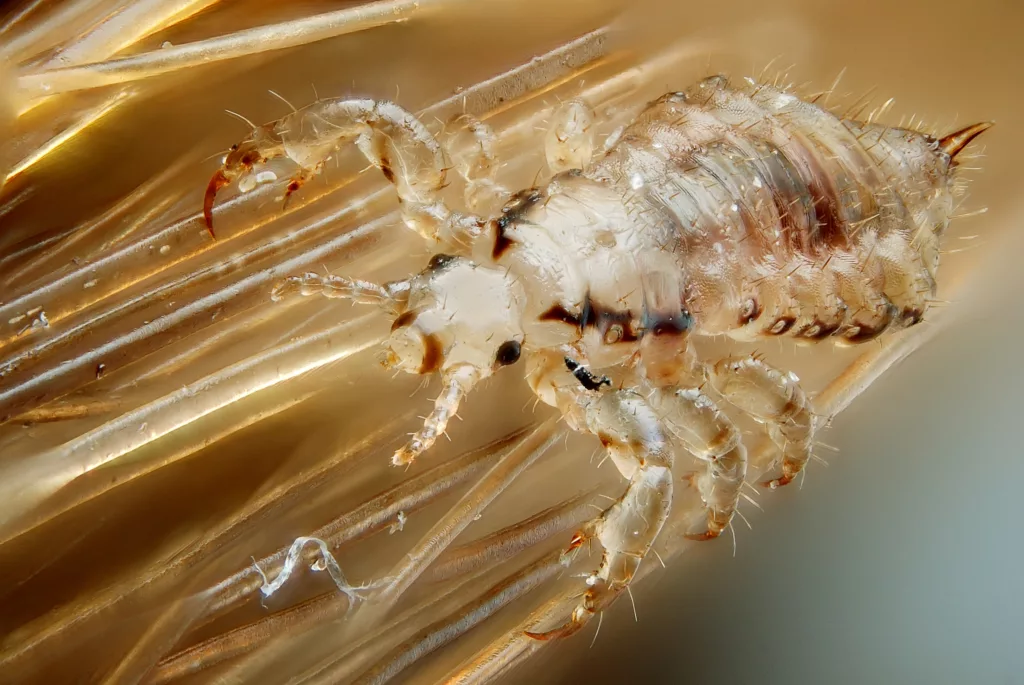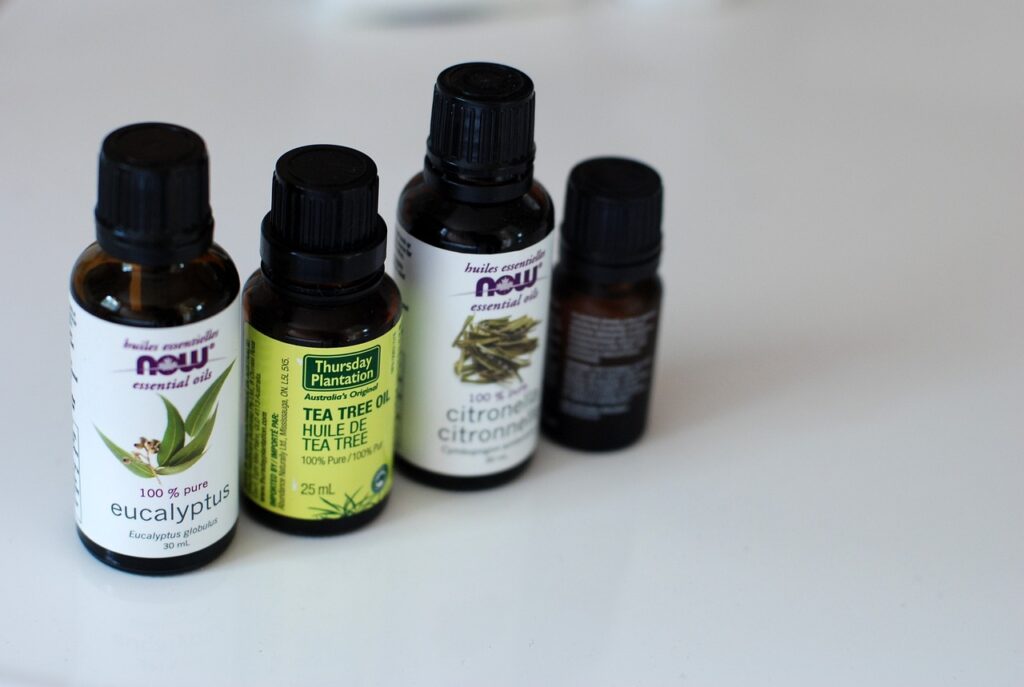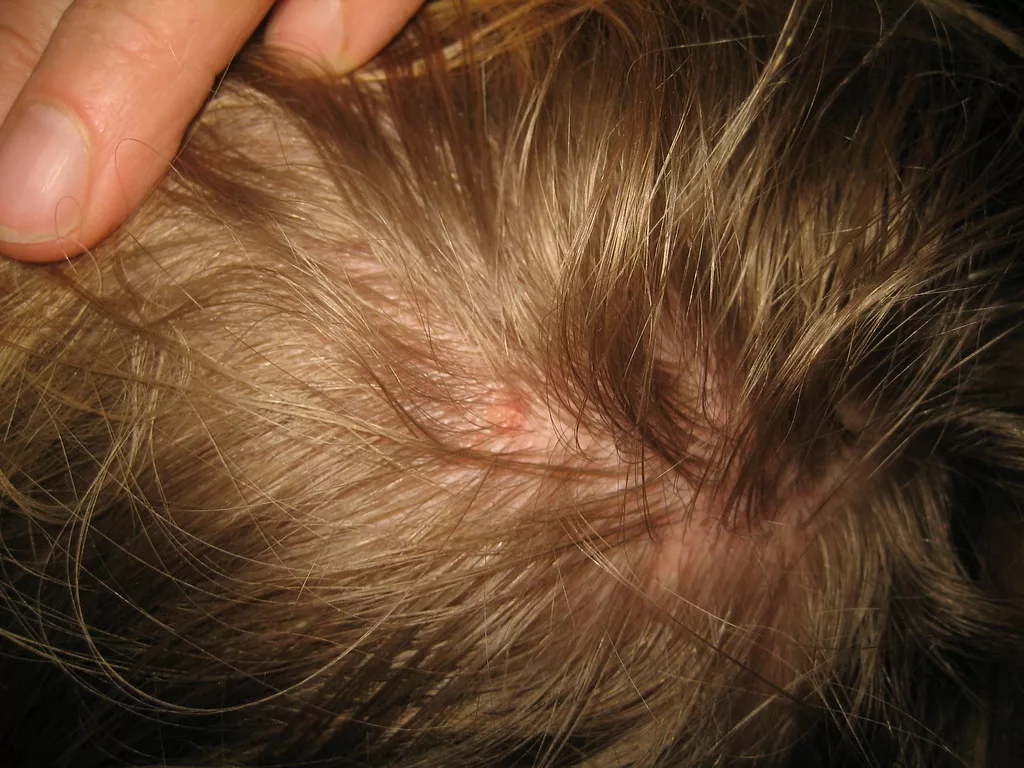Head Lice :
This article titled “Tips for Treating Head Lice in Children” falls under the category of children’s health. It covers a wide range of health topics related to children, including anxiety, exercise for children with asthma, bedwetting, chickenpox, dental care, and many more. The content also provides a symptom checker and a health service finder tool, making it a comprehensive resource for parents and caregivers. With a focus on head lice treatment in children, this article offers valuable tips and advice in a professional tone.
Tips for Treating Head Lice in Children
Head lice are a common problem among children, and treating them can be a frustrating and time-consuming task. However, with the right knowledge and approach, it is possible to effectively eliminate head lice and prevent their recurrence. This article will provide comprehensive tips for understanding, diagnosing, preventing, and treating head lice in children.
Understanding Head Lice
Head lice, scientifically known as Pediculus humanus capitis, are tiny insects that infest the scalp and hair. They feed on blood from the scalp and lay eggs, known as nits, on the hair shafts. Head lice can cause intense itching and discomfort for the affected child.
It’s important to understand that head lice are not a result of poor hygiene or cleanliness. They can easily spread through close head-to-head contact, as well as by sharing personal items such as combs, hats, and headphones. Therefore, children are particularly susceptible to head lice infestations, especially in environments like schools and daycare centers.

Head lice : Diagnosing Head Lice
Detecting head lice can sometimes be challenging, as these tiny insects move quickly and can be difficult to spot. However, there are certain signs that parents and caregivers can look out for to diagnose a head lice infestation.
The primary symptom of head lice is itching, particularly around the scalp and neck. An infested child may also experience a tickling sensation or a feeling of something moving in their hair. Upon close inspection, lice eggs or nits, which are tiny white or tan-colored ovals attached to hair shafts, may be visible. In addition, adult head lice, which are about the size of a sesame seed and have a brownish color, may also be found crawling on the scalp or hair.
If head lice are suspected, it is recommended to use a fine-toothed comb to carefully comb through the child’s hair, checking for any signs of lice or nits. It is important to check the entire scalp thoroughly, focusing on the area behind the ears and the nape of the neck, as these are common areas for lice infestations.

Head lice : Preventing Head Lice
Prevention is key when it comes to head lice, especially in environments where children gather. There are several measures that can be taken to reduce the risk of head lice infestations:
- Educate children and parents: Teaching children about the importance of personal hygiene and avoiding close head-to-head contact can help prevent the spread of head lice. Parents should also be informed about the signs and symptoms of head lice so they can take prompt action if an infestation is suspected.
- Encourage the use of protective hairstyles: Keeping the hair tied up in braids, buns, or ponytails can make it more difficult for lice to crawl from one head to another. Using hairspray or hair gel can also act as a barrier and make it harder for lice to grip onto the hair shafts.
- Avoid sharing personal items: Encourage children not to share combs, brushes, hats, scarves, or headphones, as these items can harbor lice and transfer them from one person to another.
- Regularly clean and disinfect personal items: Washing and drying combs, brushes, hats, and scarves at high temperatures can help kill any lice or nits present. Vacuuming upholstered furniture, car seats, and carpets can also help remove any stray lice or eggs.

Head lice : Natural Remedies for Head Lice
While there are various natural remedies suggested for treating head lice, it’s important to note that scientific evidence supporting their effectiveness is limited. However, some natural remedies may offer potential relief and can be used as adjuncts to conventional treatments. It’s recommended to consult with a healthcare professional before using any natural remedies, especially on young children.
- Essential oils: Certain essential oils, such as tea tree oil, lavender oil, and neem oil, have been suggested to have insecticidal properties that may help kill lice. However, these oils should always be diluted and used with caution, as they can cause skin irritation or allergic reactions.
- Vinegar: Applying vinegar to the hair before combing through it may help loosen and remove nits. However, vinegar does not kill adult lice, so it should be used in conjunction with other treatments.
- Mayonnaise or olive oil: Some people believe that suffocating head lice with mayonnaise or olive oil can be an effective treatment. While there is limited scientific evidence to support this claim, covering the hair and scalp with a shower cap and leaving it on overnight may help smother the lice.
Over-the-Counter Treatments for Head Lice
Over-the-counter (OTC) treatments for head lice are widely available and can be effective in eliminating lice infestations. These treatments usually contain active ingredients, such as pyrethrins or permethrin, which are insecticides that kill lice. It’s important to carefully follow the instructions provided with the product and repeat the treatment as required.
When using OTC treatments, it is essential to thoroughly comb the hair with a fine-toothed comb to remove dead lice and nits. It’s also important to check for reinfestation and repeat the treatment if necessary.
Parents should be cautious while using OTC treatments on young children and consult with a healthcare professional if they have any concerns or questions.
Prescription Treatments for Head Lice
In cases where OTC treatments have failed to eliminate head lice, prescription treatments may be necessary. A healthcare professional may prescribe stronger treatments, such as malathion or benzyl alcohol, which are more effective in killing lice.
Before using prescription treatments, it is important to carefully read and follow the instructions provided by the healthcare professional. These treatments may require multiple applications and should always be used in conjunction with thorough combing to remove dead lice and nits.

Head lice : Home Remedies for Head Lice
In addition to OTC and prescription treatments, there are several home remedies that can be used to help control head lice infestations. These remedies may not eliminate lice completely, but they can help manage the problem and prevent the infestation from spreading.
- Regularly comb the hair: Using a fine-toothed comb, comb through the hair daily for at least two weeks to remove lice and nits. This manual removal method is an important step in getting rid of head lice.
- Wash infested clothing and bedding: Machine wash and dry all infested clothing, bedding, and stuffed animals at high temperatures. It is also advisable to vacuum the child’s environment, including upholstered furniture and car seats, to remove any stray lice or eggs.
- Encourage good hygiene practices: Instruct the child to avoid sharing personal items and encourage them to wash their hands regularly. Stress the importance of maintaining personal hygiene to prevent the spread of head lice.
Head lice : Cleaning and Disinfecting
To prevent the spread of head lice to other family members or individuals, it is important to carefully clean and disinfect the environment.
- Machine wash and dry infested clothing, bedding, and towels on high heat.
- Vacuum upholstered furniture, car seats, and carpets to remove any stray lice or eggs.
- Soak combs, brushes, hair accessories, and other personal items in hot soapy water or rubbing alcohol for at least 10 minutes. It is also advisable to wash or replace hats, scarves, and headphones.
By diligently cleaning and disinfecting the environment, the risk of reinfestation can be greatly minimized.
Head lice : Dealing with Lice in the Household
When one person in a household has head lice, it is important to check all family members for infestations and take appropriate measures to prevent the spread of lice.
- Regularly check all family members’ scalps for head lice and nits.
- Treat all individuals with head lice simultaneously to prevent reinfestation.
- Encourage family members to follow preventive measures such as avoiding head-to-head contact, not sharing personal items, and maintaining good personal hygiene.

Head lice : Seeking Professional Help
If head lice infestations persist despite using OTC or prescription treatments, it may be necessary to seek professional help. Healthcare professionals, such as pediatricians, dermatologists, or licensed hair care professionals, can provide guidance and recommend alternative treatment options.
It’s important to remember that persistent head lice infestations can have physical and emotional impacts on children. Seeking professional help can ensure effective treatment and provide support for both the child and their family.
In conclusion, head lice infestations are a common problem among children, but with proper understanding, prevention measures, and effective treatment strategies, they can be successfully managed. By following the tips outlined in this article, parents and caregivers can take the necessary steps to control head lice and provide relief to their children.




